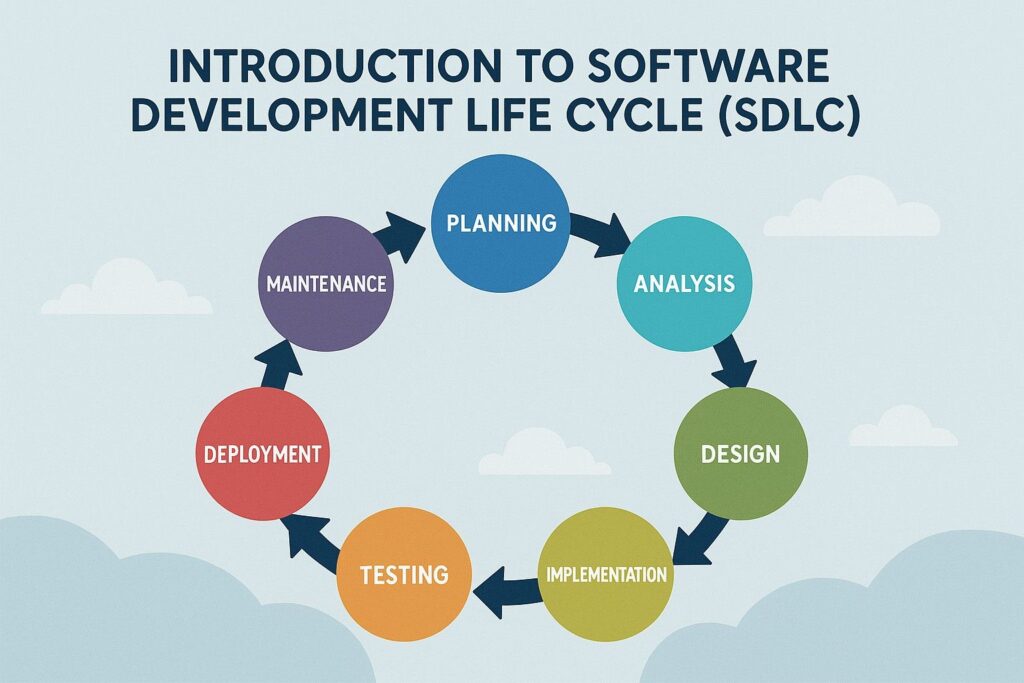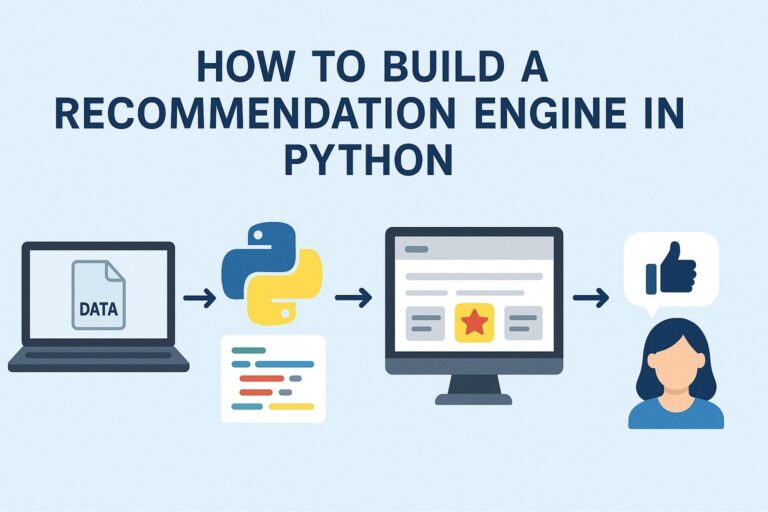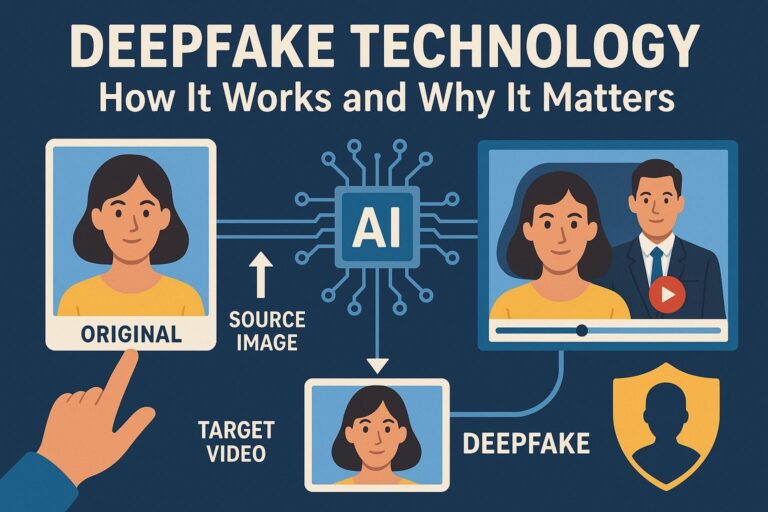
The Software Development Life Cycle (SDLC) is a comprehensive, systematic process used by software developers and project teams to design, develop, test, deploy, and maintain software products efficiently and effectively. It serves as a blueprint for delivering high-quality software that meets or exceeds customer expectations, is delivered on time, and stays within budget.
By providing a well-structured framework, SDLC helps teams navigate the complexity of software projects—whether small or enterprise-level—ensuring that every phase is executed with clarity and purpose.
What Is Software Development Life Cycle (SDLC)?
SDLC is a series of clearly defined and distinct phases that cover the entire lifespan of software development. It acts as a roadmap guiding the development process from initial idea to final product release and beyond.
Each phase has specific deliverables and activities designed to control quality, manage risks, and coordinate the diverse efforts of developers, testers, designers, and stakeholders. Adhering to SDLC reduces the chances of project failure by enforcing discipline and transparency at every stage.
Core Phases of the SDLC
While organizations may tailor SDLC processes to fit their needs, the foundational phases remain consistent across most models:
1. Requirement Gathering and Analysis
This initial phase is crucial as it sets the foundation for the entire project. The team collaborates closely with stakeholders, clients, and end-users to capture detailed functional and non-functional requirements. Understanding the business goals, target audience, system constraints, and technical feasibility is essential.
- Tools and techniques include interviews, questionnaires, use cases, and user stories.
- The outcome is a Software Requirement Specification (SRS) document, which acts as a formal contract and blueprint for the development team.
Effective requirement analysis helps prevent scope creep and misunderstandings later in the project.
2. System Design
In this phase, the software architecture and detailed designs are crafted based on the requirements gathered. It involves:
- High-Level Design (HLD): Defines system architecture, technology stack, data flow, and module division.
- Low-Level Design (LLD): Focuses on detailed algorithms, database design, interfaces, and component interactions.
Deliverables include design documents, wireframes, and database schemas, which guide developers and testers in subsequent stages. Proper design ensures scalability, security, and maintainability.
3. Implementation (Coding)
The actual software development happens in this phase. Developers translate design documents into source code using the chosen programming languages and frameworks.
- Teams typically follow coding standards and best practices to maintain quality.
- Source code management tools like Git help coordinate contributions from multiple developers.
- Unit testing is often performed concurrently to validate individual components.
Clear communication and code reviews during this phase help catch errors early and improve code quality.
4. Testing
Testing is an exhaustive process designed to ensure the software behaves as expected and is free of critical defects.
- Testing types include unit testing, integration testing, system testing, performance testing, and user acceptance testing (UAT).
- Testers verify both functional requirements and non-functional aspects such as usability, security, and load handling.
- Automation tools may be used to increase testing efficiency and coverage.
Comprehensive testing mitigates risks, improves reliability, and ensures customer satisfaction.
5. Deployment
Once testing validates the software, it is deployed to the production environment for actual use by end-users.
- Deployment strategies may involve phased rollouts, blue-green deployments, or canary releases to minimize downtime and risk.
- Infrastructure setup, environment configuration, and data migration tasks are completed during this phase.
- Ongoing monitoring ensures the software performs well and issues are quickly identified.
6. Maintenance and Support
Software requires ongoing maintenance to fix bugs, enhance features, and adapt to changing requirements or environments.
- Maintenance includes corrective (fixing defects), adaptive (responding to environment changes), perfective (improving performance), and preventive (avoiding future issues) tasks.
- Regular updates and patches ensure security and stability.
- Customer feedback often informs future improvements and feature additions.
Maintenance is vital for prolonging the software’s lifespan and ensuring sustained value.
Popular SDLC Models
Different project needs and team dynamics have led to various SDLC models, each applying the core phases differently:
- Waterfall Model: Linear and sequential; each phase completes before the next starts. Best suited for projects with clear, fixed requirements.
- Agile Model: Iterative and incremental; emphasizes flexibility, customer collaboration, and rapid delivery through sprints.
- Iterative Model: Develops software through repeated cycles, progressively enhancing features.
- V-Model: A variation of Waterfall, emphasizing testing activities corresponding to each development phase.
- Spiral Model: Combines iterative development with risk management and prototyping, ideal for large, high-risk projects.
Choosing the right model depends on project size, complexity, timeline, and flexibility requirements.
Why Is SDLC Important?
- Structured Workflow: Provides a clear sequence of tasks and responsibilities, reducing chaos.
- Quality Assurance: Facilitates early detection of issues, improving overall software quality.
- Cost and Time Efficiency: Helps avoid costly rework and delays by thorough planning and staged reviews.
- Risk Management: Identifies and mitigates risks proactively at each phase.
- Improved Collaboration: Enhances communication and coordination among cross-functional teams.
- Customer Satisfaction: Aligns development with user needs and expectations, ensuring functional and usable products.
- Documentation: Produces detailed documentation useful for future maintenance and knowledge transfer.
Additional Considerations
- Continuous Integration/Continuous Deployment (CI/CD): Modern SDLC practices often incorporate CI/CD pipelines to automate testing and deployment, accelerating release cycles.
- DevOps Integration: SDLC increasingly overlaps with DevOps practices to enhance collaboration between development and operations teams.
- Security Integration: Incorporating security (DevSecOps) early in the SDLC ensures vulnerabilities are addressed proactively.
- Tooling: Tools like Jira, Trello, Git, Jenkins, and testing frameworks support SDLC activities, increasing productivity and traceability.
Conclusion
The Software Development Life Cycle is the backbone of successful software engineering projects. It ensures that software development is approached methodically, risks are managed, and products meet business objectives and user expectations.
A solid understanding of SDLC empowers developers, testers, project managers, and stakeholders to collaborate effectively, delivering reliable, maintainable, and high-quality software. As software demands continue to grow and evolve, adapting the right SDLC model and best practices is critical for sustained success.

I’m Shreyash Mhashilkar, an IT professional who loves building user-friendly, scalable digital solutions. Outside of coding, I enjoy researching new places, learning about different cultures, and exploring how technology shapes the way we live and travel. I share my experiences and discoveries to help others explore new places, cultures, and ideas with curiosity and enthusiasm.






